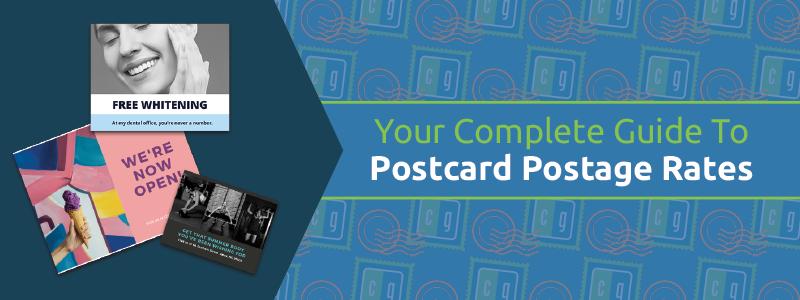
With direct mail receiving better results than online marketing and postcards being so versatile and low cost, it’s an easy decision to decide to take advantage of postcards in your next direct mail campaign.
You are watching: Postcard Postage Cost Guide (Updated Spring 2022)
However, when it comes to the final cost of your postcard mailings, there are a few factors that will determine the overall price, including the postage you will need to pay per piece to the United States Postal Service.
So, what are the factors about your postcard project that will determine the final postage cost?
It’s as simple as looking at a few key specifications and luckily, we have all the details on postcard postage rates below.
The USPS offers several “Classes” of mail that you can use for a mailing project. You’ve likely heard of “First Class” mail, but there are a few other options available that may fit your needs better.
Each class of mail offers its own set of benefits and requirements, and below are some basic points to know that can help you select the right option for you.
First Class Mail
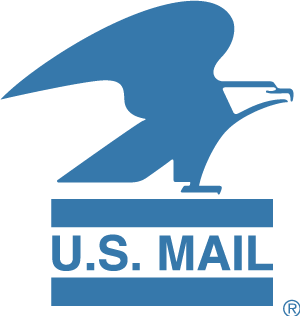
First Class is the type of mail that most people have heard of. When you’re putting a letter in your mailbox with a stamp on it, you’re using a type of First Class Mail.
However, this is also available when sending out a bulk mailing. The main aspects of First Class Mail are:
Speed – First Class Mail is treated by the post office as the most important mail, hence the name “First Class.” As a result, mail pieces sent out with this class are delivered to recipients very quickly, often within 1- 5 business days.
Cost – In relation to the other types of mail, First Class is the most expensive with a mailing rate ranging from $0.40-$1.16.
Quantity Requirements – First Class Mail offers a non-presort option, which means you can mail as few items as you’d like. However, to receive “Presort” pricing, you will need to mail at least 500 pieces.
Standard Mail (AKA Marketing Mail)
Standard Mail (also known as Marketing Mail) is most commonly used for bulk marketing purposes because it is cheaper per piece than First Class Mail.
With the lower cost, the post office gives Standard Mail a lower priority than First Class, and therefore delivery times are longer. Unless you have a specific deadline or a fast-approaching event, you can take advantage of this type of mail and save a considerable amount of money.

Speed – The USPS provides a range of 3-21 days for delivery times.
Cost – Standard Mail is significantly less expensive than First Class Mail.
Quantity Requirements – All mail pieces sent out as Standard mail must be presorted (which is described in detail below), and the minimum quantity is 200.
Nonprofit Options – If you are a nonprofit (as verified by the IRS), you are eligible to mail using special Nonprofit Standard rates, which offer a major discount off the normal prices.
Every Door Direct Mail (EDDM)
Every Door Direct Mail is a type of mail that allows you to send mail pieces to entire postal routes at a time.
The delivery times for EDDM are like Standard Mail with a delivery time frame ranging between 2-15 business days, but the costs are even lower—around only $0.20 per piece—because the post office does not have to do any sorting and address processing.
Speed – The USPS provides a range of 2-15 days for delivery times.
Cost – EDDM is even cheaper than regular Standard Mail, making is a very cost-effective option.
Read more : Junior & Plus Size Ladies Fashions 45 Locations To Serve You
Quantity Requirements – There is no minimum quantity for EDDM, but you can’t send more than 5,000 mail pieces per day at any 5-digit ZIP code.
Nonprofit Options – Like Standard Mail, the USPS offers special EDDM rates for Nonprofit organizations.
Presorted Mail Versus Non-Presorted Mail
While technically not a mailing class, there is a “Presort” rate available for both First Class and Standard Mail. “Presorting” means that you or your print and direct mail provider (or mail house) will take responsibility for the organizing of your mail by destination ZIP codes to make it easier for the Postal Service to get your mail to its destination.
As the USPS states “All of the pieces going to the same destination get grouped into the same bundle or tray. You’ll sort to specific areas, and then work your way up to more general areas. All leftover mail pieces are combined.”
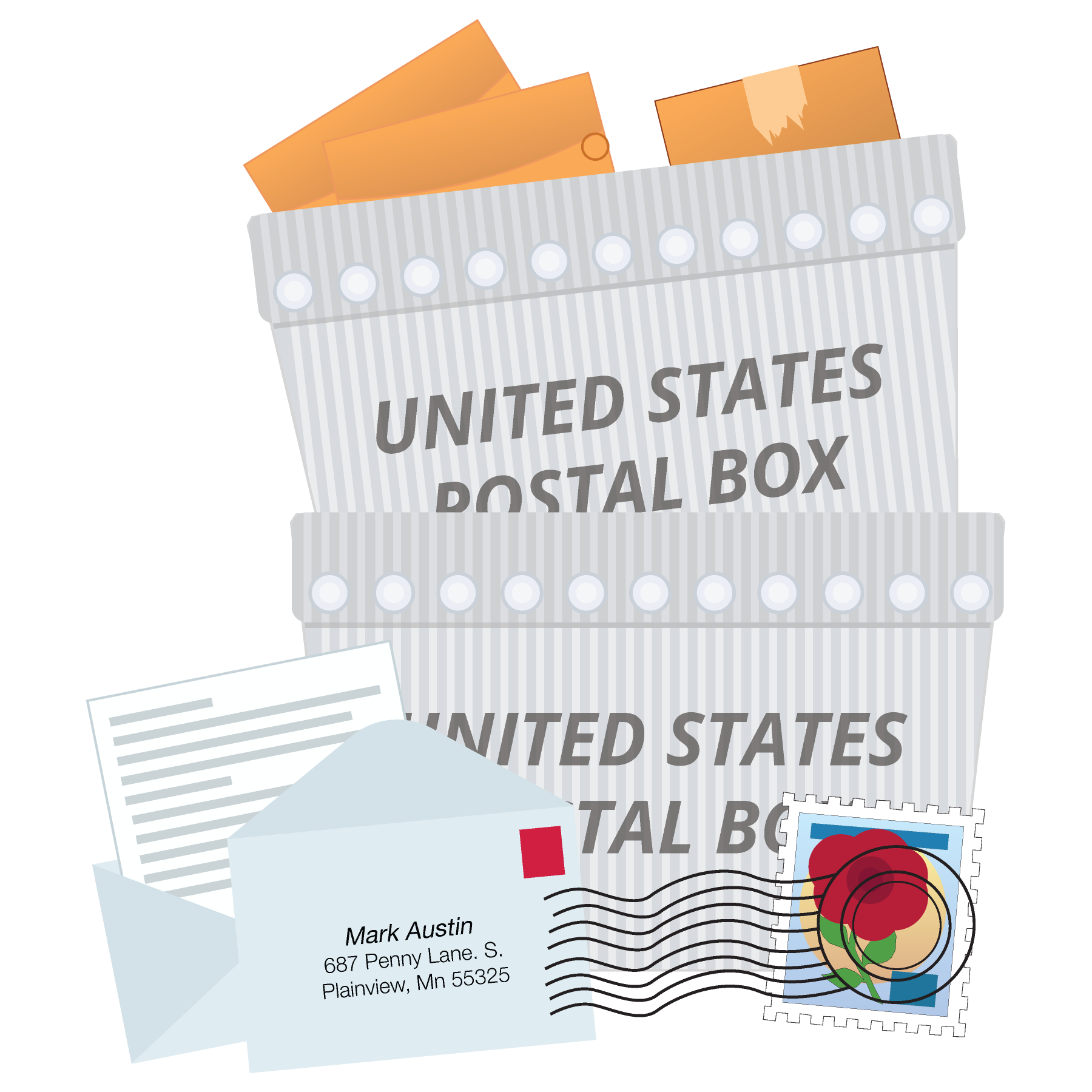
To make presorting worth it, you do have to mail a high enough quantity of mail. The minimum quantities are 500 for First Class Presort and 200 for Standard Presort.
By doing all the sorting for them, the USPS rewards you with a lower postage price per piece that can save you hundreds of dollars, just for organizing your postcards and letters into postage boxes beforehand.
Generally speaking, an individual or a small business won’t be able to do the sorting on their own, as it requires special mail software and a permit with the USPS.
As a result, partnering with a mail house or full-service print and mailing company like Conquest Graphics is the best way to take advantage of a presorted mailing. Plus, they take care of everything for you while you still reap the benefits.
Commingled Postcards
Also, not a class of mail, but rather a service offered by some print and direct mail providers, Postcard Commingling takes advantage of Standard Presort postage rates, but you can send out as few mail pieces as you would like.
It works by mailing your mailings with other companies’ mailings so if you have 20 postcards and another company has 180, you can both take advantage of Standard Presort rates even without meeting the minimum quantity.
Speed – Commingled postcards typically take advantage of Standard Presort Mail resulting in a delivery time ranging anywhere from 1-15 business days.
Cost – Postage rates are equivalent Standard Presort Mail.
Quantity Requirements – There is no minimum quantity needed for commingled postcards. As long as you have at least 1 6”x9” postcard that needs to be mailed, you can commingle it.
There are many postcard sizes available that you can use for your mailing, but the size you choose will directly determine the classes of mail you can utilize. The most common sizes range from 4”x6” all the way up to 6”x11”. It’s also important to remember that postcard sizes can be categorized into two categories: standard and oversized postcards (or jumbo.)
Standard postcard sizes include 4”x6,” 4.25”x6” and 5”x7” and they typically have a mailing rate of around $0.40.
Oversized postcards include 5.5”x8.5,” 6”x9”, 6.25”x9”, and 6”x11” and they typically have a mailing rate of around $0.55.
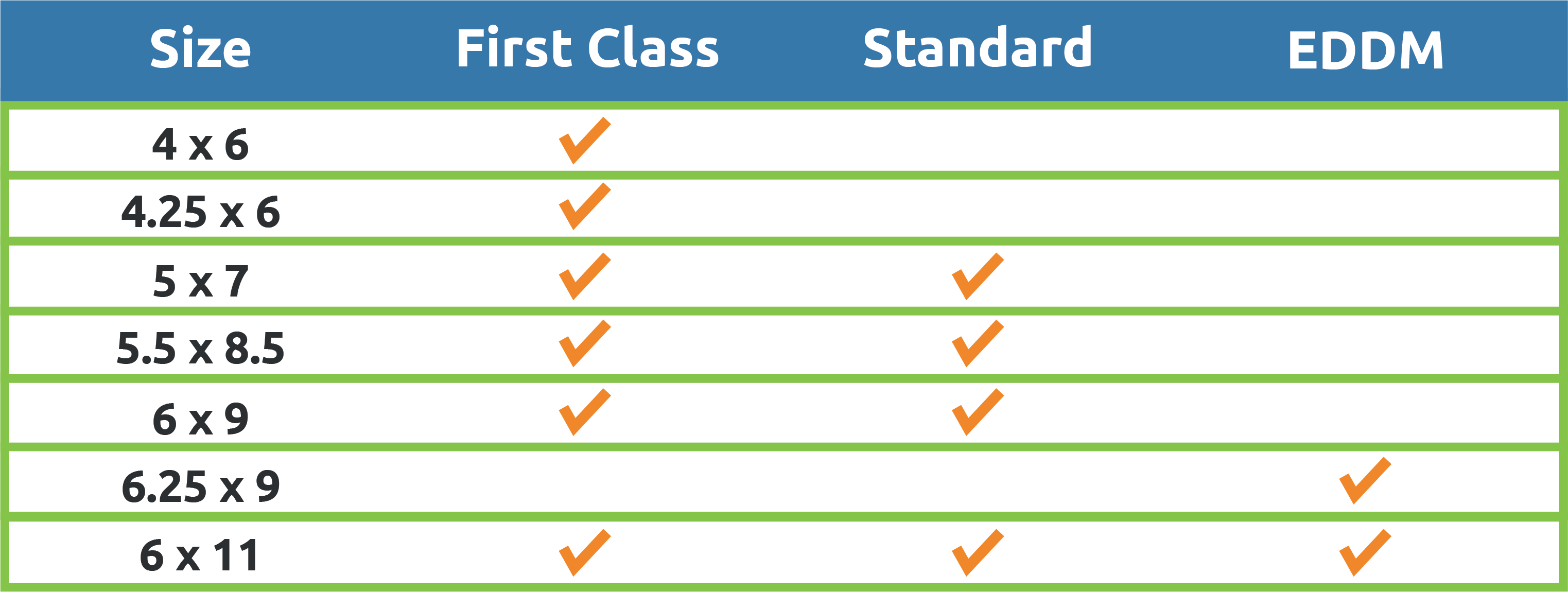
Starting on the smaller end, you’ve got postcards that are 4”x6”, 4.25”x6”, or 5”x7”. And mailing smaller pieces like these allows you to take advantage of a special First Class “Card” rate if you’re mailing a quantity of 500 or more.
If you’re mailing slightly larger postcards say…around 5.5”x8.5” to 6”x11”, then the USPS considers your postcards as letters that have a mailing rate that is a couple of cents more than the smaller or standard postcard sizes.
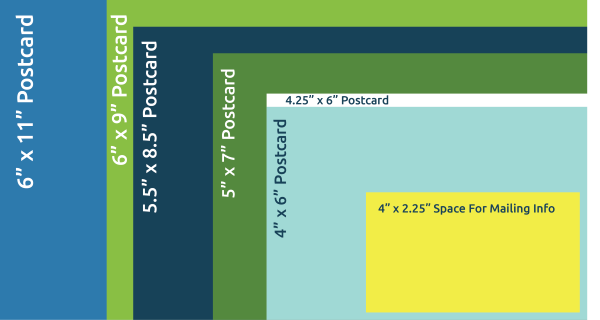
If you’re mailing out 6.25”x9” or 6”x11”, you’re reaching postcard sizes large enough to qualify for a class of mail the USPS calls Every Door Direct Mail (or EDDM.)
EDDM is an entirely different method of targeting audiences, as there is no longer a list of names or addresses needed to which your postcards are mailing. Instead, it uses mailing routes. When you select the EDDM options, you’re taken to a mapping tool that lets you choose the routes you want to mail to, and from there, the USPS will deliver one of your postcards to each mailbox along their route.
The mapping tool lets you evaluate the various routes based off a variety of useful demographic datasets including average household size and income.
You can also hyper-locally target certain neighborhoods with this tool and ensure everyone within a 5-mile radius is fully aware of your promotional messaging.
Read more : Summer Baby Shower Themes: 11 Ideas to Celebrate the New Arrival
While choosing a larger postcard size unlocks a whole new set of marketing possibilities that can cut costs, you can also decrease postage costs if you meet the minimum quantity to take advantage of First-Class presort mailing.
When it comes to postcard postage prices and quantities, it’s sometimes hard to see how much you could end up saving yourself in postage by just ordering a few more postcards to mail.
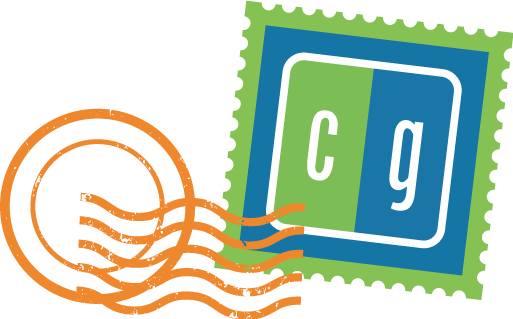
For First Class Presort mailing options there is a minimum count of 500 postcards, and for Standard mailing options it’s 200 postcards.
If you have fewer pieces in your total order, we recommend adding a few more to reach the minimum so you can significantly lower per-piece postage costs. Or we recommend seeing if you qualify for Postcard Commingling so that even if you don’t meet the minimum for Frist Class Presort or Standard mailing, you still gain the benefits of bulk mail discounts.
The one mailing option that you should see for all postcards sizes and quantities (except for EDDM sized postcards) is First-Class Non-Presort.
This option is always available, regardless of quantity since you are paying more for it in order for the postal workers to do the ZIP code sorting for you.
For tips on how to save money on your postcard postage costs, check out our blog “How to Reduce Direct Mail Postage Costs.”
How Many Stamps Should I Use on My Mailed Postcard?
For standard postcard sizes, 1 stamp is more than enough to cover your postage costs if you’re mailing them domestically. However, for larger postcards sizes a second stamp may be needed.
So, How Much Does Postcard Postage Cost?
Generally, postcards that are 6 inches long by 4¼ inches high by .016 inches thick or smaller are considered postcards by USPS and will cost you around $0.40 or one postcard stamp to mail anywhere in the US.

If you have postcards larger than that but smaller than 11½ inches long by 6-1/8 inches by ¼ inch thick, they are considered letter sized by the USPS which will cost you around $0.58 which is one domestic Forever stamp or multiple stamps of the same value.
Sometimes these prices vary depending on where you’re mailing to and from. If you’re unsure how much it will cost you to mail your postcards, you can input the details specific to your postcard mailing in the USPS postage price calculator.
If you wish to calculate the price of your mailing, feel free to get a postage calculation using our postcard product page or call our direct mail experts at 804-591-3352.
Do I Need an Envelope for My Postcard?
You do not need an envelope to mail postcards. In fact, if your postcard is thick enough, we recommend not using an envelope so that your message is seen and engaged with immediately rather than having the recipient need to open an envelope to view it.
What are The Design Requirements for My Postcard?
As long as you leave enough room for the stamp or mailing indicia in the top right-hand corner (typically on the back side) as well as a space that is at least 4”x2.25” for the mailing information (senders and receivers’ info) your postcard design is good to go.
For help making sure your postcard design is ready for print and mailing, feel free to use one of our free postcard design templates below.
FREE Postcard PDF Template Downloads
Do I Need a Return Address on My Postcard?
Postcards do not require the need for a return address. However, if the post office isn’t able to deliver your postcard for whatever reason, they won’t be able to return it to you.
Which Postcard Size Should I use?
Unless you are looking to use EDDM, the postcard size is up to you—for EDDM you must use a 6.25”x9” or 6”x11” postcard size.
While smaller or standard postcard sizes are cheaper, larger postcards may result in a higher ROI depending on your message. For an in-depth look at the different postcard sizes and their benefits check out our blog “Postcard Sizes: A Guide to the Dimensions.”
Now that you have a good understanding of the postcard postage rates, you’re ready to get started on your postcard mailing!
At Conquest Graphics, our in-house mailing center can handle all your mailing and postage needs from beginning to end, and we will never charge you more than the post office would.
So, what are you waiting for? Click the button below to head over to our postcard product page or explore some of our related blogs to learn more.
At any time if you have any questions or are just looking for some guidance in choosing the best options for your goals and budget, please don’t hesitate to reach out! Our direct mail experts are here to help.
Get Started On Your Postcard Project Today!
Source: https://antiquewolrd.com
Categories: Stamps

